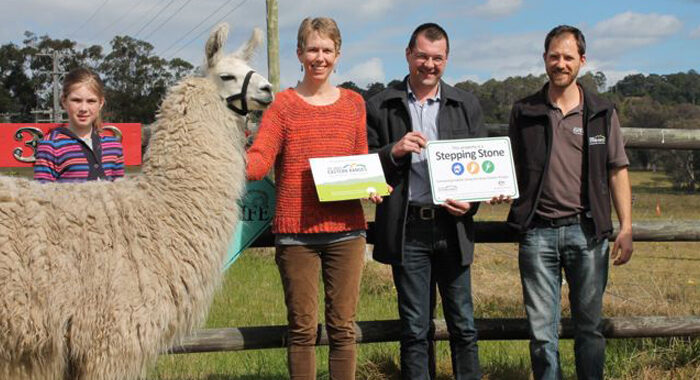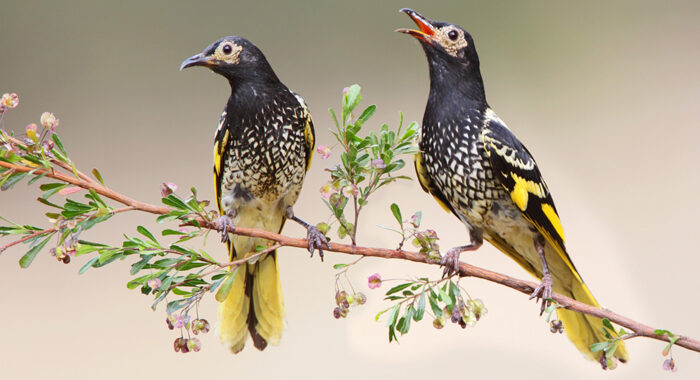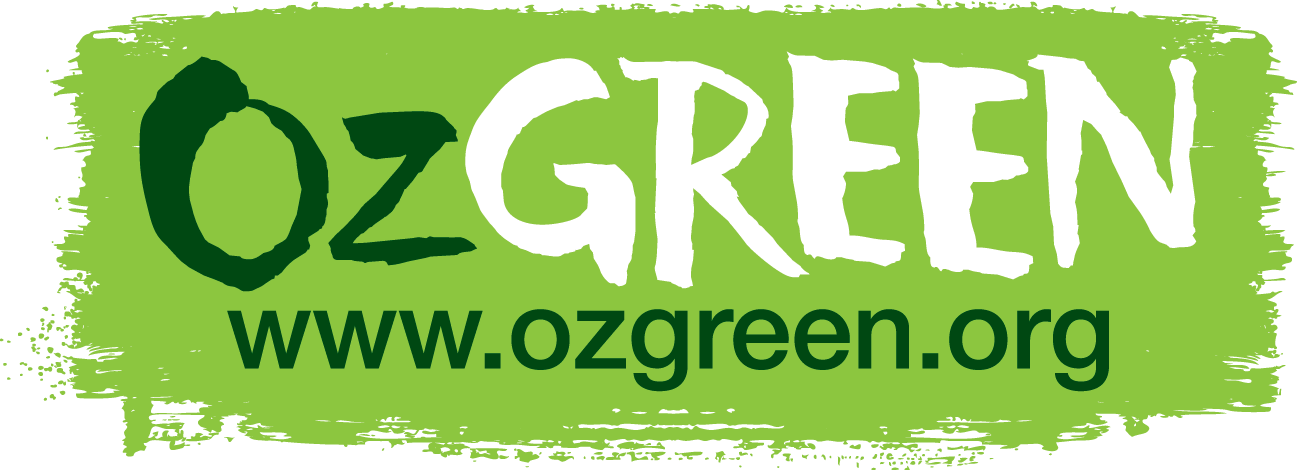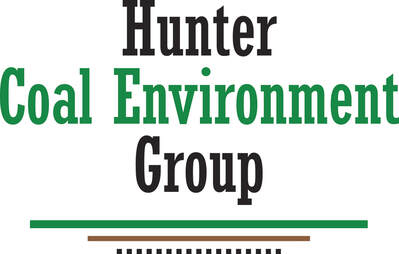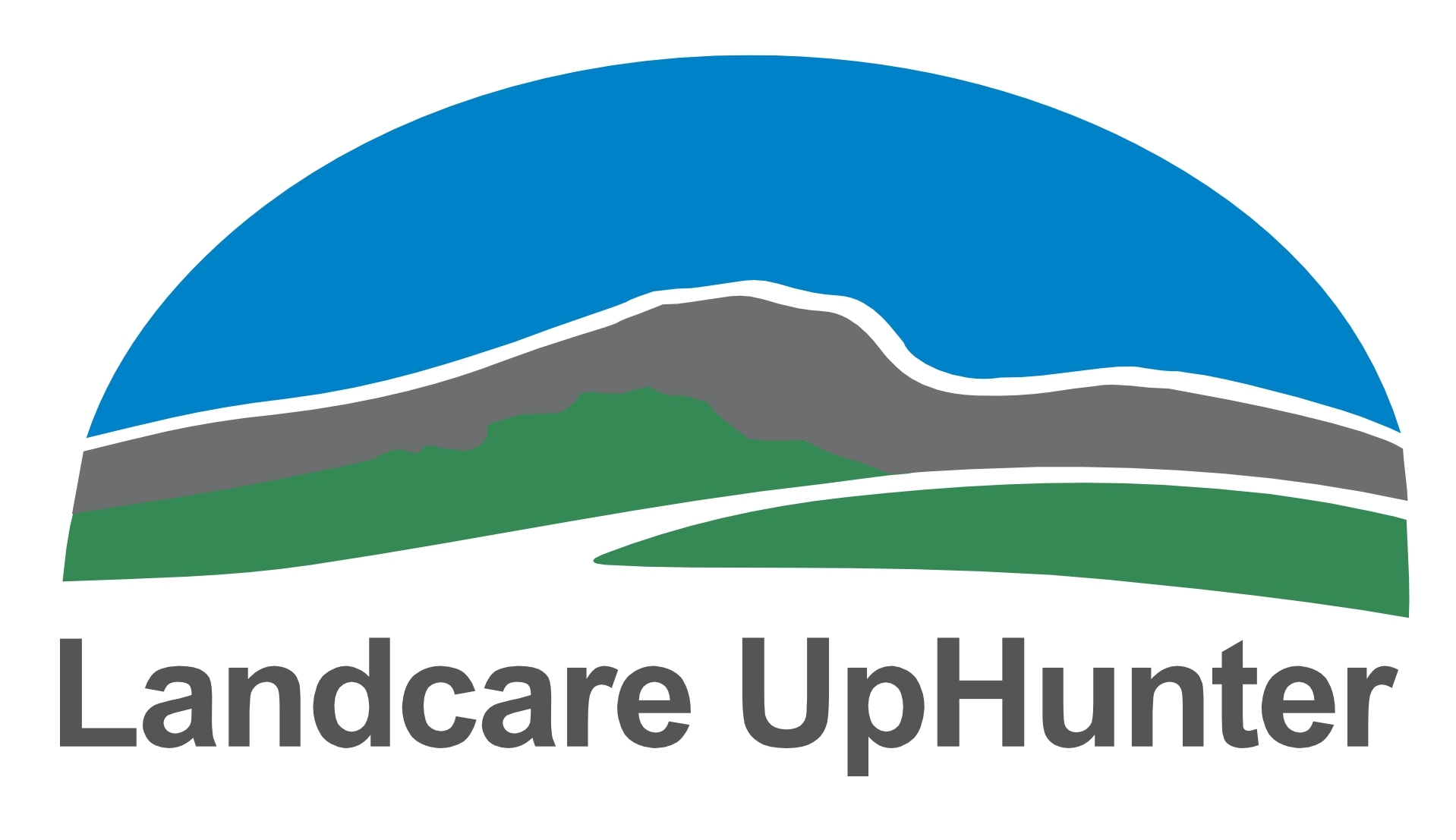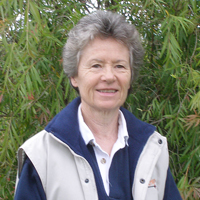Hunter GER is actively working to conserve the unique values of the Hunter Valley region by improving the resilience of ecosystems and habitat in the face of climate change and changing land-use.
From a social, economic, biodiversity and connectivity conservation perspective, the Hunter Valley is one of the most complex parts of the Great Eastern Ranges. Since settlement, the natural landscape has become increasingly degraded and fragmented, and continues to be impacted by expanding agricultural, industrial and urban development. In addition, a substantial proportion of the valley floor is earmarked for coal exploration and possible mining over the next 30 to 50 years. This has already resulted in a large number of animals, plants and ecosystems under significant risk.
What makes this landscape special?
With a natural gap in the Great Eastern Ranges at the head of the Hunter Valley, this is one of only three areas on the eastern seaboard of Australia where inland ecosystems stretch all the way to the coast. While this gap assists wildlife to move in an east to west direction, it also creates a critical pinch-point in the ranges which restricts their movements from north to south. The conservation of north-south ‘stepping stones’ of habitat (small patches of vegetation) is therefore vital for enabling the continued movement of plants and animals across the ranges.



